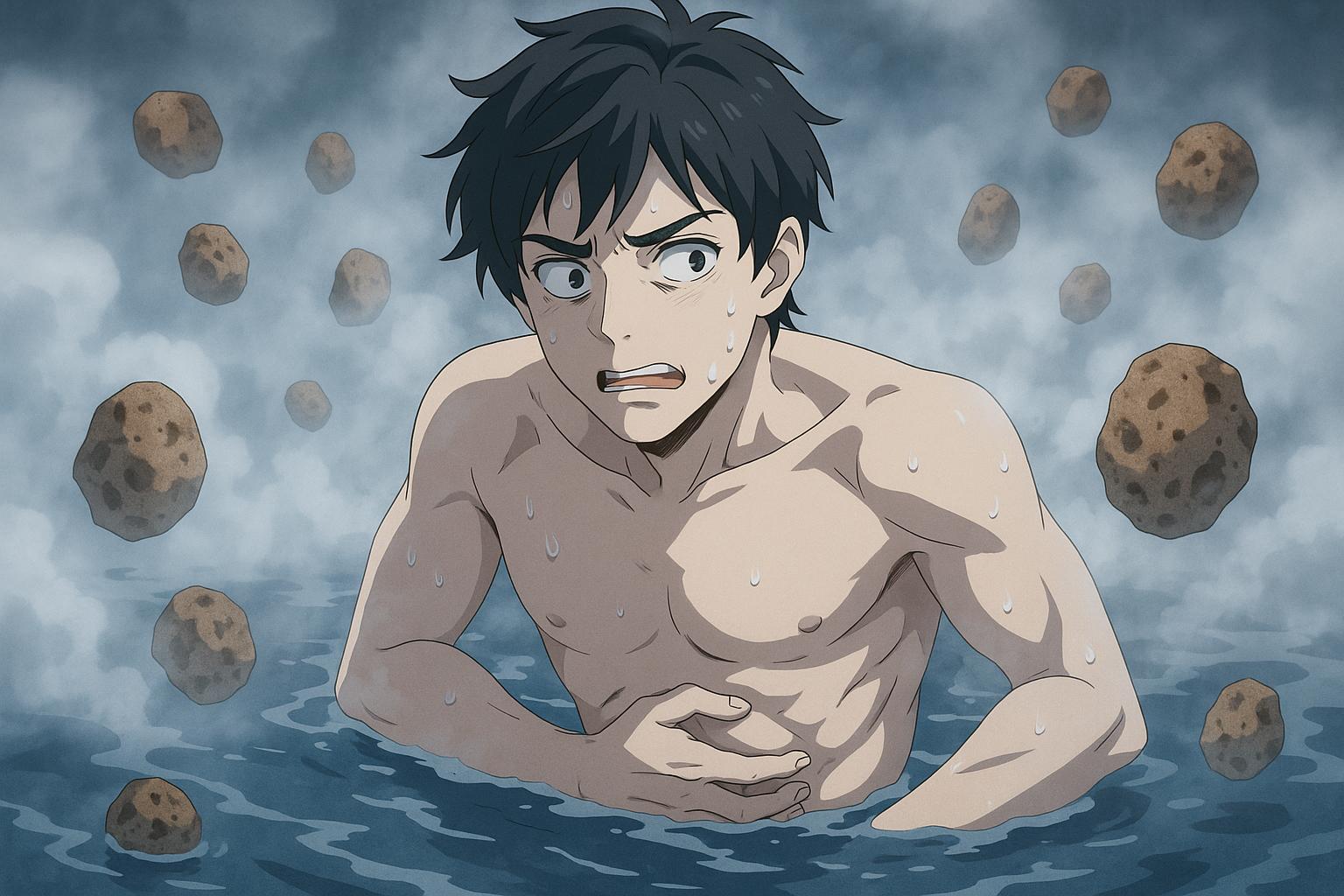A recent cautionary tale from a health coach has sparked concern over the rising trend of ice bathing, highlighting potential dangers associated with this popular practice. Joe, who shares his experiences on Instagram under the handle joeinbalance, revealed that his year-long routine of cold plunges resulted in the development of debilitating kidney stones. This revelation has garnered significant attention, with his video receiving over 4.4 million views.
According to Joe, the kidney stones—hard crystals formed in the kidneys due to waste products in the blood—caused excruciating pain, which he described as "the worst pain I've ever experienced." Initially unaware of the possible link between his ice bath routine and the stones, he eventually connected the dots when he suffered two more stones in rapid succession. Joe posited that the extreme cold restricts blood flow to the kidneys, exacerbating conditions conducive to stone formation. He highlighted that cold exposure increases urination and dehydration, both of which can also promote kidney stone development. His personal experience illustrates a broader concern: while many practice ice bathing for its purported health benefits, the risks may be significant, particularly for certain individuals.
Experts have long debated the effectiveness of ice baths, which have surged in popularity in recent years thanks to endorsements from athletes and even celebrities who claim benefits such as improved circulation and enhanced mood. However, the scientific backing for such claims remains inconclusive. While proponents advocate for the cold plunge's ability to stimulate the body's cold shock response—engendering a surge of adrenaline and endorphins—medical professionals warn of serious risks, particularly for those with pre-existing health conditions. Research has indicated that while such practices can potentially reduce inflammation and improve immune function, they must be approached with caution.
Dr. Stacey Sims, an exercise physiologist, notes that while ice baths may have some benefits, they may not be suitable for women, who may experience undue stress without the compensatory benefits of metabolic reactions that come from shivering. She suggests that slightly warmer water temperatures may yield more positive effects, and highlights the sauna as a better alternative for many due to its compatibility with the female physiology regarding heat tolerance.
Moreover, ice baths have been linked to increased risks of hyperventilation, cardiac arrest, and hypothermia. The cold shock response that occurs upon sudden immersion can lead to rapid breathing and spikes in blood pressure, placing undue stress on the cardiovascular system. Medical advice generally strongly recommends consulting a healthcare professional before engaging in extreme cold exposure practices, particularly for individuals with heart conditions or high blood pressure.
On the contrary, recent studies indicate that controlled cold exposure may have some benefits. Researchers in Canada observed that healthy male participants who engaged in daily cold plunges for a week showed reductions in inflammation and cellular damage, leading to speculation about the potential for cold to delay biological aging. However, such studies are still in their infancy, and further research is warranted to establish the safety and effectiveness of these methods for the broader population.
While Joe's personal narrative serves as a caution to those considering ice baths, it also reflects a critical need for understanding the balance between health trends and risks. As the popularity of cold water immersion continues to grow, so too does the imperative for informed choices regarding personal health practices. With alternatives like sauna sessions demonstrating marked benefits without associated risks, it may be prudent for enthusiasts to seek other avenues for maintaining their wellness.
In an ever-evolving landscape of health advice, the emphasis on evidence-based practices should guide individuals in their pursuit of well-being, reminding us that not all that glitters in the realm of health trends is gold.
Reference Map
- Paragraphs 1, 2, 3, 4, 8
- Paragraphs 5, 6
- Paragraphs 6, 7
- Paragraphs 6, 7
- Paragraphs 6, 7
- Paragraph 5
- Paragraph 5
Source: Noah Wire Services
